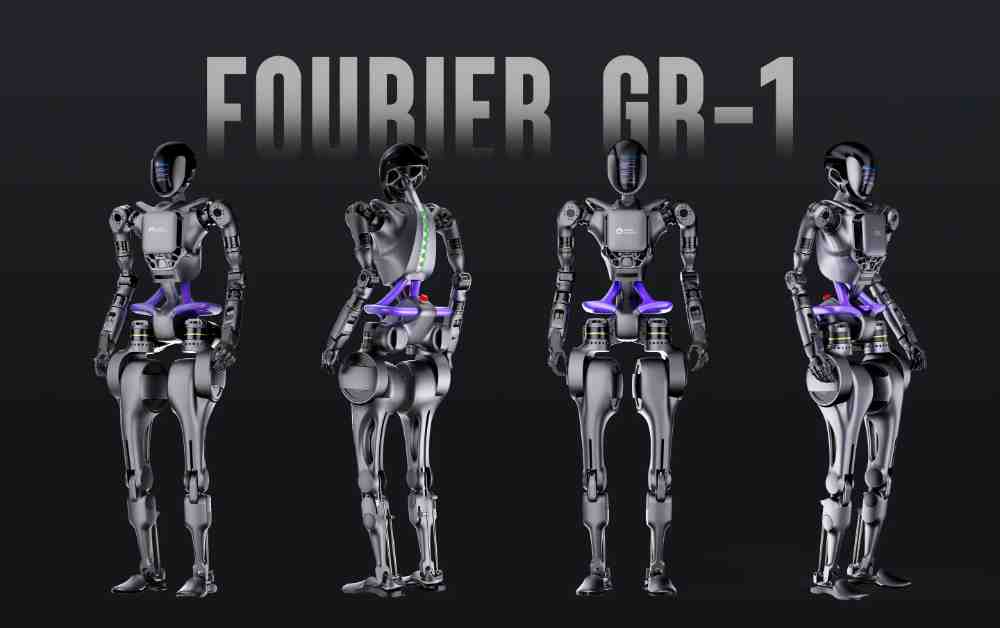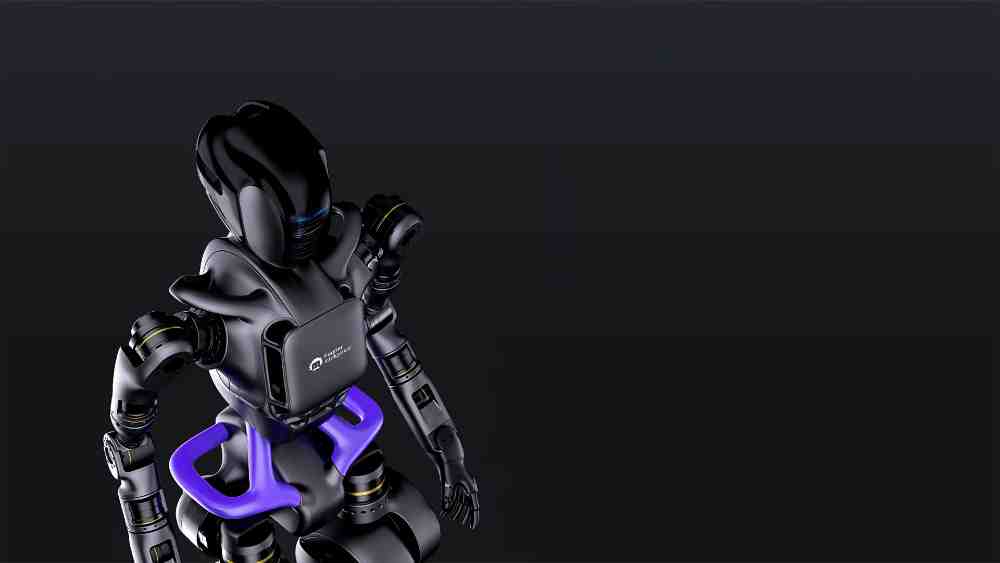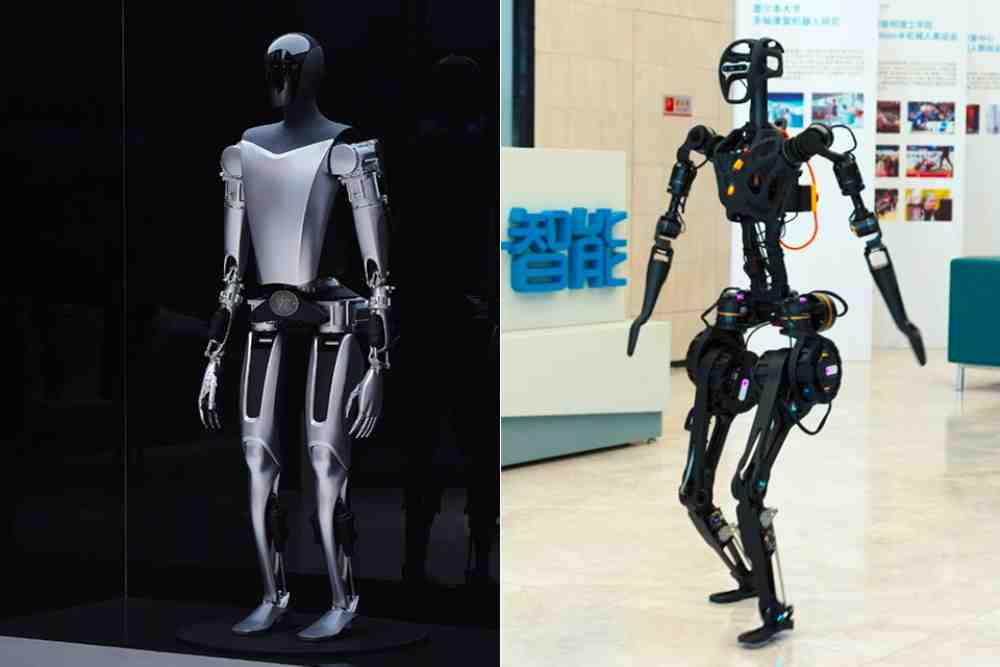To meet the increasing demand for medical services due to labour shortages and an ageing population, Shanghai-based company Fourier Intelligence is developing a humanoid robot called GR-1. With the ability to assist in patient transfer and object manipulation, the GR-1 aims to alleviate the burden on healthcare facilities and provide support to elderly individuals living alone.
Rising Demands and Aging Population in China:
China’s National Health Commission estimates that the number of individuals aged 60 and above will exceed 400 million by 2035, up from 280 million. In response to this demographic shift, innovative solutions are needed to cater to the growing healthcare needs.
Versatile Capabilities of the GR-1:
Standing at 1.64 metres tall and weighing 55 kilograms, the GR-1 humanoid robot possesses the ability to walk, avoid obstacles, and perform tasks such as grasping objects. Its multifunctionality and programmable nature allow for flexibility in adapting to various caregiving and therapeutic roles.

Addressing Labour Shortages and Supporting Healthcare Professionals:
With nursing shortages and overworked hospital staff, the deployment of helper robots like the GR-1 aims to ease the burden and provide essential support. By assisting in patient transfers from beds to wheelchairs and aiding in object manipulation, the GR-1 can enhance efficiency and improve patient care.
Future Prospects and Rehabilitation Applications:
Fourier Intelligence, specialising in rehabilitation and exoskeleton technologies, aims to bridge the gap between patients and robotics. The company envisions the integration of humanoid robots as autonomous companions, interacting with patients in healthcare settings.

Collaboration at the World AI Conference:
The GR-1 was showcased at the World AI Conference in Shanghai, alongside prototypes like Tesla’s humanoid robot Optimus. Chinese firms also presented AI robots, including the quadrupedal robot X20, designed for hazardous tasks such as toxic gas detection and potential use in emergency rescue and fire detection.

As China grapples with an ageing population and workforce challenges in healthcare, the development of humanoid robots like the GR-1 holds significant promise. By offering assistance in patient care, transferring, and object manipulation, these advanced robotics solutions aim to alleviate the burden on healthcare professionals and provide valuable support to meet the evolving needs of the ageing population.
